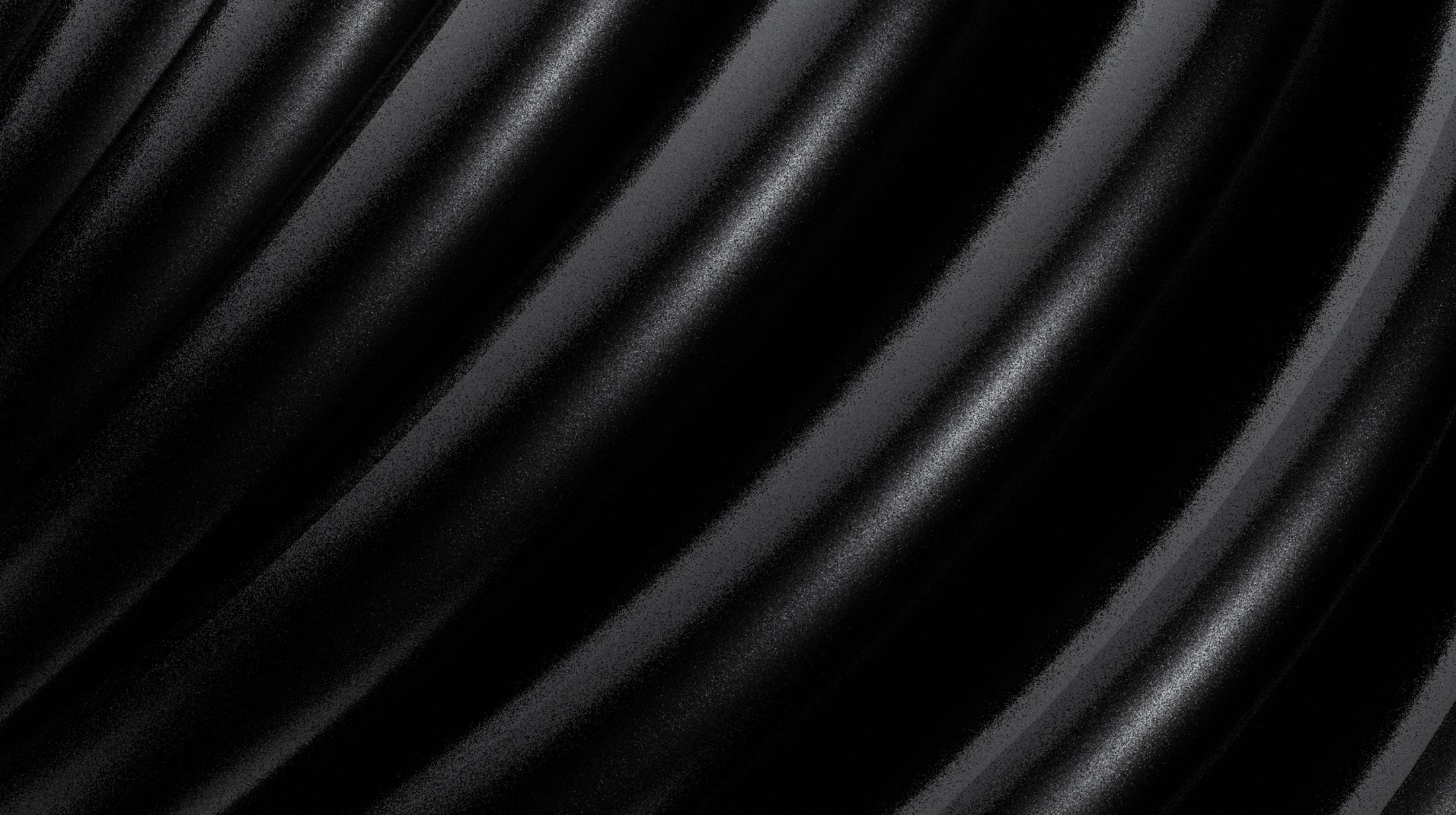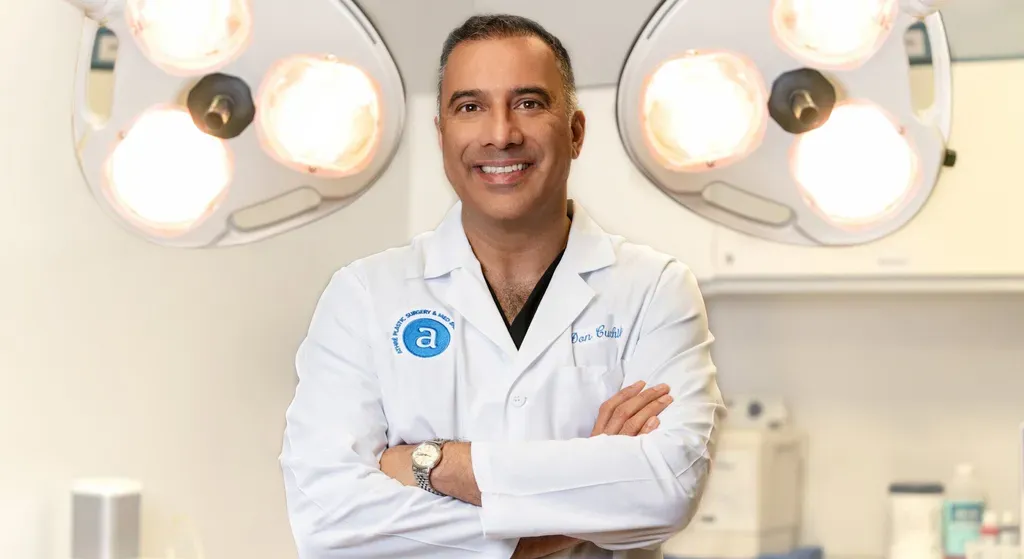

4 Surprising Things You May Not Know About Rhinoplasty Surgery
Rhinoplasty, a powerful plastic surgery procedure, can refine nasal appearance, improve breathing, and even alter the balance of the entire face. While many understand that a nose job can enhance aesthetic changes, several lesser-known aspects of rhinoplasty procedures might surprise even the most well-researched patient.
Considering cosmetic nose surgery, correcting a deviated septum, or preparing for a revision surgery? These interesting facts about rhinoplasty will help you make a more informed decision before undergoing the procedure.
1. Rhinoplasty Isn’t Just Cosmetic—It Can Improve Breathing
While rhinoplasty surgeries are often associated with improving nasal appearance, a large number of procedures are performed for functional reasons. Many patients suffer from trouble breathing, chronic congestion, or sinus infections caused by a deviated septum or other structural nasal issues.
In fact, rhinoplasty procedures that combine both functional and cosmetic surgery are becoming increasingly common. Patients who undergo functional rhinoplasty often find that they not only breathe better but also sleep more soundly and experience fewer sinus infections.
The type of procedure used depends on the complexity of the correction. A closed rhinoplasty (where incisions are made inside the nostrils) is often effective for minor reshaping, while an open rhinoplasty (involving an external incision) is required for more significant nasal reconstruction.
What This Means for You
If you experience chronic congestion, difficulty sleeping, or persistent sinus infections, you may be a candidate for functional rhinoplasty. A consultation with a plastic surgeon can determine whether a procedure can help both your nasal structure and your overall quality of life.
2. Your Nose Isn’t the Only Thing That Changes—It Can Reshape Your Entire Face
Your nose might be the focal point of the surgery, but it’s not the only part of your face that will appear different. Even small refinements to the nasal tip, nose shape, or nostrils can have a dramatic effect on the entire look of your face.
Patients often find that a well-performed rhinoplasty enhances their jawline, cheekbones, and eyes, making their facial features more balanced and harmonious. This is because the nose serves as a central anchor to the bone structure, and its proportions can shift how other features are perceived.
A major misconception is that rhinoplasty surgeries drastically change someone's identity. The reality? A skilled cosmetic surgeon will ensure the nose complements your natural facial aesthetics rather than overwhelming your features.
What This Means for You
Choosing the right surgeon is crucial. A board-certified plastic surgeon will carefully evaluate how your nose surgery fits within your overall facial balance. If you’re considering additional procedures, such as liposuction, chin augmentation, or a facelift, a rhinoplasty consultation is the perfect opportunity to discuss more options for achieving optimal results.
3. Recovery Takes Time—Swelling Can Last for Months
Many rhinoplasty patients expect immediate results, but in reality, healing is a long-term process. While most patients can return to normal activities about a week after surgery, residual swelling can last a few months—or even up to a year.
The nasal skin must adjust to the new nose structure, and during this process, some areas may remain slightly swollen while others refine more quickly. The tip of the nose, in particular, tends to hold swelling longer than other areas, which is why the final aesthetic changes take time to fully emerge.
Patients who undergo revision surgery (a secondary rhinoplasty to correct or refine previous work) may experience an even longer healing period due to scar tissue from the previous procedure. However, working with a cosmetic surgeon experienced in revision procedures can minimize these complications.
What This Means for You
If you’re preparing for a first rhinoplasty, be patient and set realistic expectations. Swelling and subtle refinements happen gradually. To speed up recovery and achieve optimal results, follow these guidelines:
- Avoid strenuous activities for at least three weeks.
- Keep your head elevated while resting to minimize swelling.
- Follow your plastic surgeon’s recommendations on aftercare, including avoiding glasses or sunglasses resting on the nasal bridge.
- Be prepared to wait a few months before assessing your final results.
4. The Best Rhinoplasty Results Look Completely Natural
A common fear among rhinoplasty patients is that they will end up with an unnatural or “surgical” appearance. However, modern rhinoplasty procedures focus on subtle refinements rather than dramatic alterations.
The goal of a well-executed nose job is to enhance the nasal appearance while maintaining a natural and proportionate look. For women, this may involve refining the nasal tip while maintaining femininity, while for men, the goal is often to preserve a strong, masculine profile. The key is working with a plastic surgeon who has performed hundreds of successful rhinoplasties and understands the nuances of facial harmony.
A crucial factor is realistic expectations. Most people seeking a nose job want a nose that fits their face rather than one that looks artificially sculpted. This is why rhinoplasty consultation is essential—patients should review before-and-after photos, discuss their concerns, and work with their surgeon to ensure they achieve natural, long-lasting results.
What This Means for You
To ensure the most aesthetic and natural outcome, follow these steps:
- Choose a board-certified plastic surgeon with expertise in both closed rhinoplasty and open rhinoplasty.
- Have a detailed discussion about your nose shape, proportions, and desired changes.
- Understand that your entire look may subtly shift as your facial balance improves.
Final Thoughts: Making an Informed Decision About Rhinoplasty
Whether you’re considering a first rhinoplasty for cosmetic reasons or need revision surgery to refine past work, knowing these facts about rhinoplasty can help you set realistic expectations. From improving nasal appearance to enhancing the entire face, nose surgery is more than just an aesthetic procedure—it’s about achieving the right balance between form and function.
If you’re ready to explore your options, a rhinoplasty consultation with a skilled plastic surgeon can help answer all your questions and ensure the procedure aligns with your personal and medical needs.

